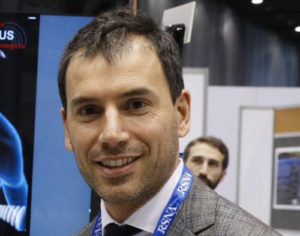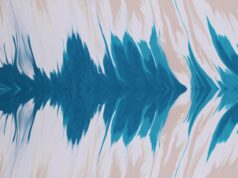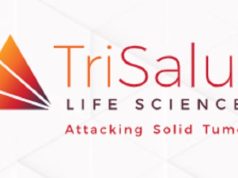
The majority of patients were pain free after receiving a new image-guided pulsed radiofrequency treatment for low back pain and sciatica, according to a study presented at the annual meeting of the Radiological Society of North America (RSNA; 27 November–1 December, Chicago, USA).
Most back pain is short-term, but about 20% of people affected by acute low back pain go on to develop chronic low back pain lasting a year or more. A compressed and herniated disc is a major cause of low back pain that can radiate to the legs.
“The nerve root is a sensitive structure that when pinched becomes inflamed and causes pain,” said lead investigator Alessandro Napoli, an interventional radiologist at Sapienza University of Rome. “The body reacts with muscle constriction, which decreases the distance between vertebrae, and a vicious cycle is created.”
Study details
The single-centre prospective study included 80 patients experiencing at least three months of low back pain due to a herniated disc that had not responded to conservative treatments including exercise and medication.
The patients underwent minimally invasive pulsed radiofrequency treatment under CT imaging guidance. Even without touching the disc, the interventional radiology pulsation treatment serves to resolve the herniation.
“The probe delivers a gentle electrical energy, so there is no thermal damage,” Napoli said. “The results have been extraordinary. Patients have been relieved of pain and resumed their normal activities within a day.”
Of the 80 patients treated, 81% were pain free one year after a single 10-minute treatment session. Six patients required a second pulsed radiofrequency session. Ninety per cent of the patients were able to avoid surgical treatment.

Following this treatment, inflammation and pain go away. With relaxation of the muscles, the distance between the vertebrae returns,” Napoli explained, noting that no patients experienced side-effects after receiving the minimally invasive outpatient treatment.
“There is a big gap between conservative treatments for disc compression and herniation and surgical repair, which can lead to infection, bleeding and a long recovery period,” Napoli said. “Evolving technologies like this image-guided treatment may help a substantial number of patients avoid surgery.”










